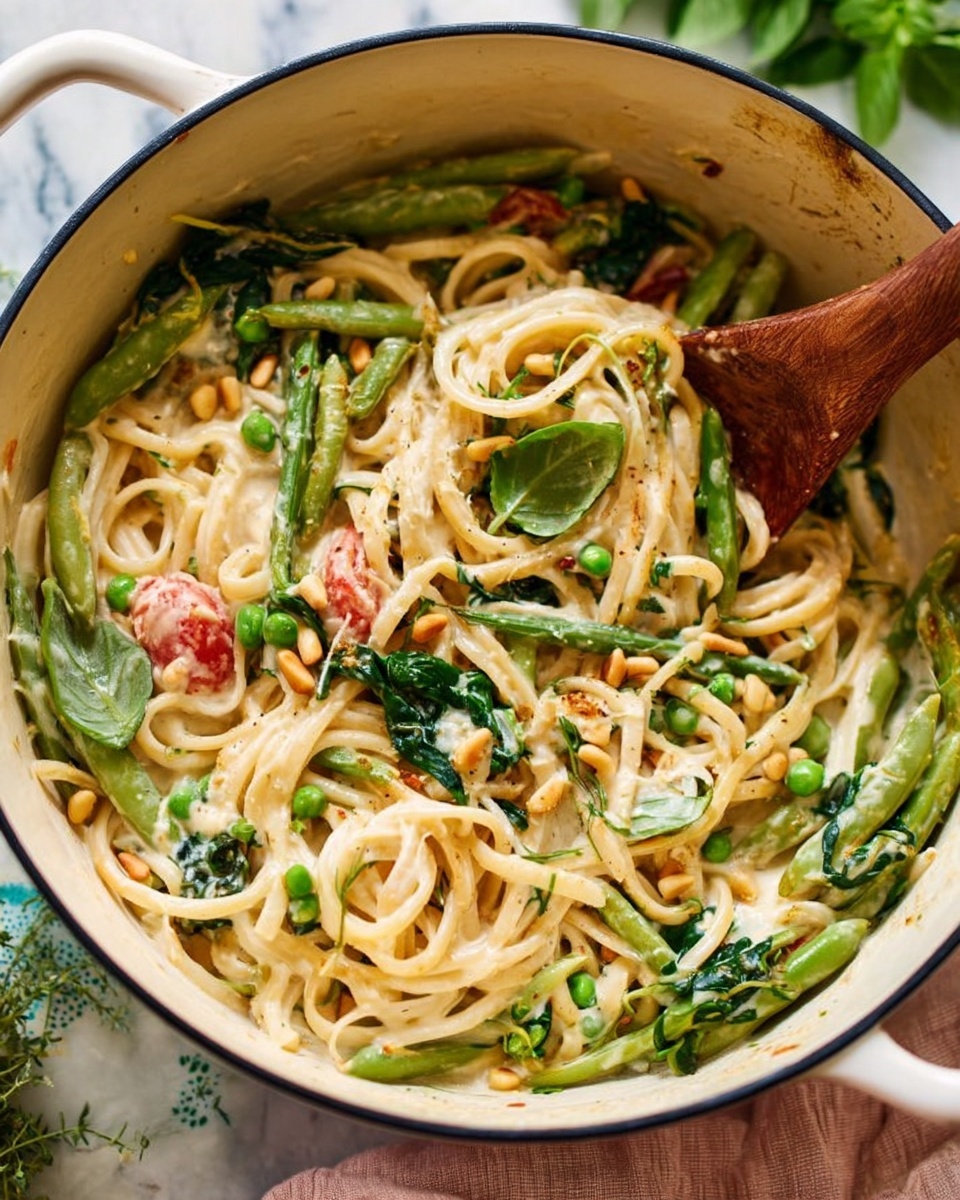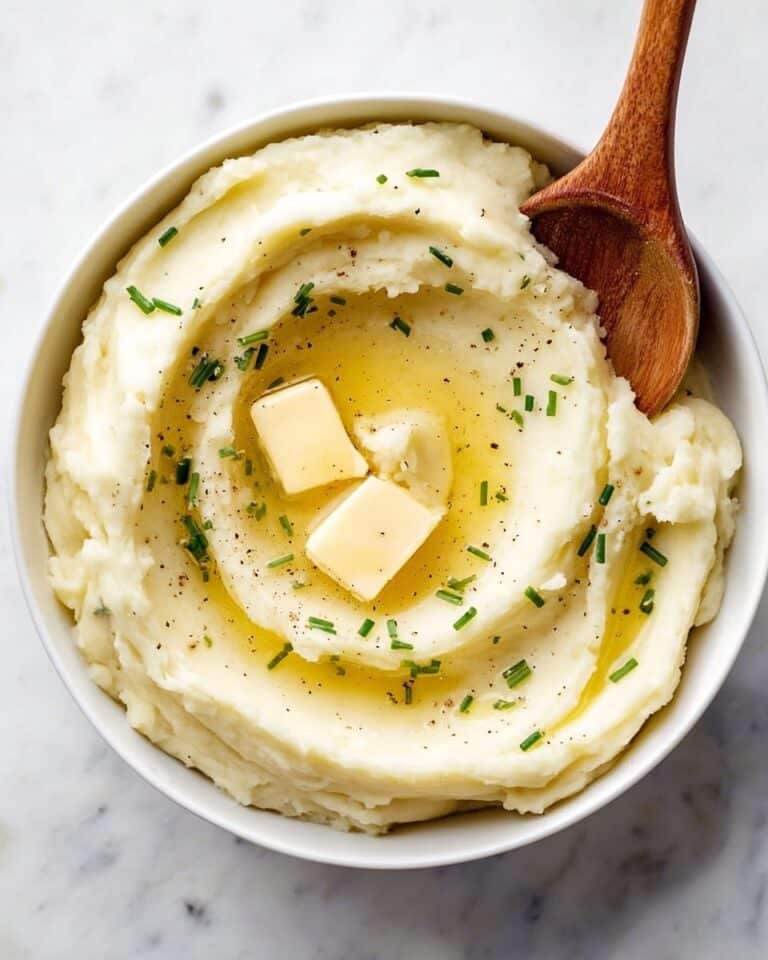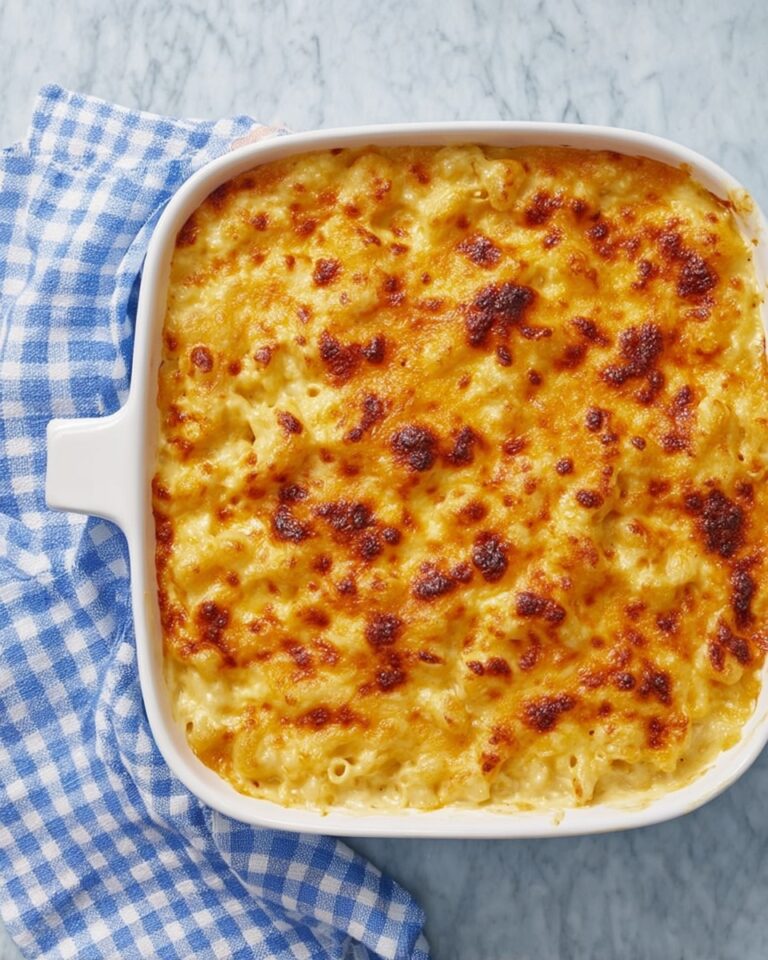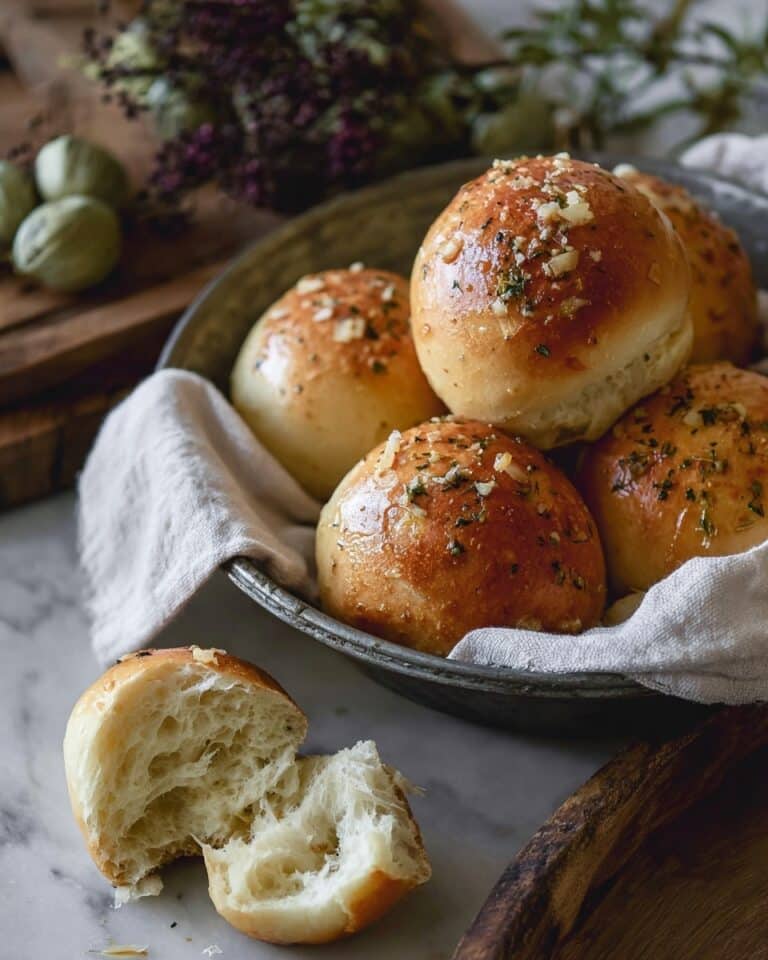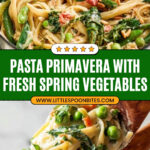If you’re craving a fresh, vibrant pasta dish that’s loaded with veggies but also creamy and comforting, you’ve just found it. This Creamy Vegetable Pasta Primavera Recipe is seriously one of my favorites to make when I want something that tastes indulgent but feels lighter thanks to all the colorful vegetables. I absolutely love how the combination of tender-crisp veggies and the rich sauce turns out, and I think you’ll find it’s just as satisfying as any cheesy pasta out there.
Why You’ll Love This Recipe
- Bursting with Fresh Veggies: You get a variety of seasonal vegetables cooked to just the right tenderness.
- Creamy but Balanced: The heavy cream and Parmesan come together for silky sauce without overwhelming the veggies.
- Simple Yet Special: Uses easy-to-find ingredients but feels like a dinner party dish.
- Perfect Timing Trick: I’ll share how to get all your veggies done just right, so nothing turns mushy.
Ingredients You’ll Need
For this Creamy Vegetable Pasta Primavera Recipe, you want fresh, crisp vegetables and pasta that can hold up to the creamy sauce. I always aim for a mix of textures and colors to make the dish as exciting to eat as to look at!
- Linguine (or fettucine or other flat pasta): Holds the sauce wonderfully and twists nicely around veggies.
- White mushrooms: Adding earthiness and meaty texture, make sure to slice evenly for uniform cooking.
- Zucchini: Choose a firm one, sliced thin for a tender bite.
- Broccolini: Offers a slight crunch and fresh green bite.
- Snow peas: Add a little snap and natural sweetness.
- Green asparagus: The tender tips give an elegant flair and flavor.
- Green peas: Defrost gently to keep them bright and sweet.
- Cherry tomatoes: Halved for bursts of juiciness.
- Garlic cloves: Finely minced to infuse the sauce with aromatic goodness.
- Unsalted butter: For richness and to help marry all the flavors.
- Heavy cream: Key for the creamy, luscious sauce.
- Parmigiano Reggiano: Finely grated for that unmistakable salty, nutty punch.
- Extra virgin olive oil: For sautéing and a little fruity depth.
- Pasta cooking water: Starchy and liquid gold—adds silkiness to the sauce when mixed in.
- Cooking salt and black pepper: Season to bring everything alive.
- Fresh basil leaves: Adds brightness and a refreshing herbal note.
- Toasted pine nuts: A signature crunch and buttery flavor at the end.
Variations
I love that this recipe is so flexible—you can easily swap veggies based on what you have on hand or tweak it to suit dietary needs. I often play around with a few variations depending on the season or mood.
- Swap Pasta Shapes: I sometimes use fettucine or even penne when I want a different texture.
- Make it Vegan: Try coconut cream in place of heavy cream and nutritional yeast instead of Parmesan—I’ve tested it and the flavor is surprisingly good!
- Add Protein: Grilled chicken or shrimp tosses in nicely, especially for a heartier meal.
- Seasonal Veggies: In spring, peas and asparagus shine; in fall, swap for roasted butternut squash or even Brussels sprouts.
How to Make Creamy Vegetable Pasta Primavera Recipe
Step 1: Prep Your Veggies for Success
Start by washing and cutting all your vegetables so they’re ready to go. I slice the mushrooms thin, cut the zucchini into rounds about half a centimeter thick, trim the broccolini and asparagus to bite-size, and halve the cherry tomatoes. This helps everything cook evenly and finish at the same time, which is the real trick to this dish.
Step 2: Cook the Pasta Perfectly
Boil the linguine in salted water until al dente, usually one minute less than package instructions. Make sure to save about a third of a cup of that pasta water before draining—that’s key for your sauce to meld perfectly and get that silky texture.
Step 3: Sauté the Vegetables in Stages
Heat olive oil and butter in a large skillet over medium heat. Begin with the mushrooms and garlic, since they take a little longer to release their flavors. Add the hardest veggies next, like broccolini and asparagus stalks, then the zucchini, snow peas, and finally green peas and cherry tomatoes near the end. This layered cooking ensures everything stays tender-crisp and vibrant—not soggy.
Step 4: Bring on the Creamy Sauce
Reduce heat and add the heavy cream to the pan, stirring gently to combine with the veggies. Let it simmer just until the cream slightly thickens, then stir in the grated Parmesan. If the sauce feels too thick, splash in some reserved pasta water until it reaches that perfect silky consistency you want clinging to every strand of pasta.
Step 5: Toss Everything Together
Add the hot pasta right into the sauce and veggie mix, tossing everything together to coat well. Stir in the fresh basil just before serving for a fresh, aromatic finish, then sprinkle with fragrant toasted pine nuts for that amazing crunchy contrast.
Pro Tips for Making Creamy Vegetable Pasta Primavera Recipe
- Timing Is Everything: Start cooking harder veggies first and add softer ones later; it helps everything finish tender-crisp.
- Save Pasta Water: The starchy water is magic for loosening the sauce and binding it to the pasta.
- Don’t Skip the Toasted Pine Nuts: This simple step elevates the dish with texture and buttery flavor.
- Use Fresh Basil at the End: Stirring it in last keeps that fresh herb flavor vibrant and bright.
How to Serve Creamy Vegetable Pasta Primavera Recipe
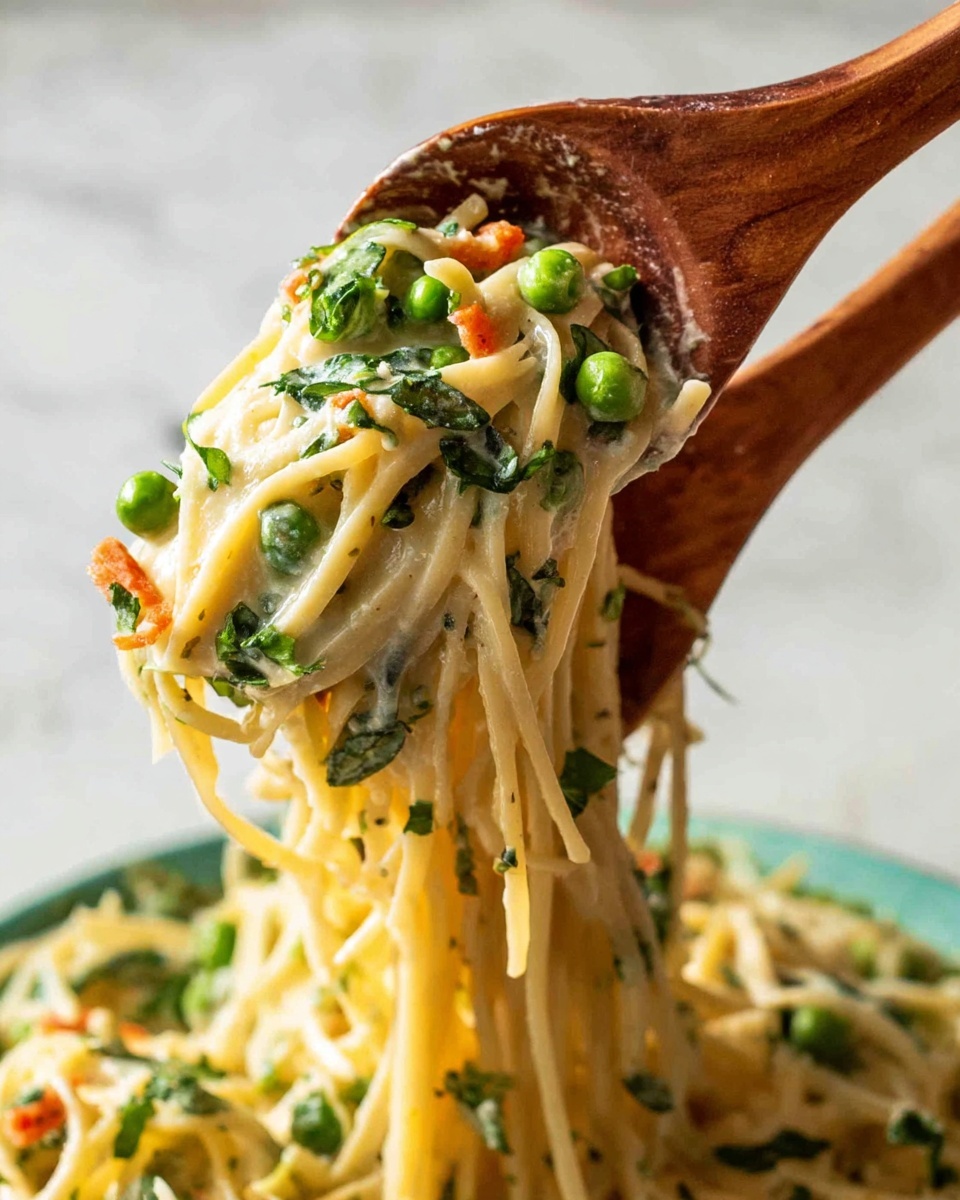
Garnishes
I love sprinkling extra Parmesan and some fresh cracked black pepper on top before serving. Sometimes I add a drizzle of good-quality extra virgin olive oil or a few more pine nuts for crunch. Fresh basil leaves scattered on top always make it pop both visually and flavor-wise.
Side Dishes
For a simple meal, I often pair this pasta with a crisp green salad with lemon vinaigrette or garlic bread to soak up any extra creamy sauce. A light roasted vegetable or a bowl of soup can also balance the richness beautifully.
Creative Ways to Present
For special dinners, I like to plate this in shallow bowls and garnish with a basil sprig and a few whole pine nuts arranged on top. A ring mold can help get that restaurant-style pasta tower that looks gorgeous and inviting. It’s a fun touch that impresses guests but isn’t any harder than just tossing it together.
Make Ahead and Storage
Storing Leftovers
I store leftovers tightly covered in the fridge for up to 2 days. Because the sauce is cream-based, it thickens and firms up as it cools. When you reheat it, just add a splash of cream or milk to loosen it back up and bring the veggies back to life.
Freezing
Freezing creamy pasta can be a bit tricky since the cream sauce may separate. I usually recommend enjoying this fresh, but if you must freeze it, do so without the cream sauce and add fresh cream when reheating. Alternatively, freeze just the veggies and pasta separately before combining.
Reheating
Reheat gently in a skillet over low heat with a little cream or pasta water to revive the sauce’s silky texture. Avoid microwaving on high power to prevent curdling or drying out. Toss frequently to warm through evenly.
FAQs
-
Can I use other pasta types for this Creamy Vegetable Pasta Primavera Recipe?
Absolutely! While linguine or fettucine works best to hold the creamy sauce, you can swap in penne, farfalle, or even spaghetti — just be mindful that the pasta shape complements the texture and sauce heaviness.
-
How do I keep the vegetables bright and crisp in this recipe?
The key is cooking the vegetables in stages based on their firmness. Start with denser veggies like broccolini stems and mushrooms, then add softer ones later, just long enough to heat through but not so long that they become mushy.
-
Can this recipe be made dairy-free or vegan?
Yes! Replace heavy cream with coconut cream or a plant-based alternative, and swap Parmesan for nutritional yeast or vegan cheese. You’ll get a different flavor profile but still a rich and satisfying dish.
-
Is it better to use fresh or frozen vegetables?
Fresh vegetables are ideal to maintain texture and vibrancy, but if using frozen peas or veggies, just thaw them gently and add them at the end of cooking to avoid sogginess.
-
What’s the role of pasta water in this recipe?
Pasta water contains starch from the cooked pasta, which helps emulsify the cream sauce and allows it to cling better to the pasta and vegetables, creating a luscious, silky finish.
Final Thoughts
When I first tried this Creamy Vegetable Pasta Primavera Recipe, I was amazed at just how satisfying a veggie-loaded pasta dish could be with the right balance of creaminess and crunch. It quickly became a family favorite, and I love passing it along because it feels fancy yet is so comforting and straightforward to make. I can’t recommend it enough if you’re looking for a colorful, hearty, and delicious pasta that just might become your go-to weeknight or weekend dinner. Give it a try—I promise it’ll brighten up your dinner table like it did mine!
Print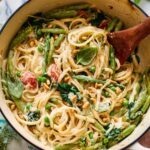
Creamy Vegetable Pasta Primavera Recipe
- Prep Time: 15 min
- Cook Time: 20 min
- Total Time: 35 min
- Yield: 4 servings
- Category: Main Course
- Method: Stovetop
- Cuisine: Italian
- Diet: Vegetarian
Description
Pasta Primavera is a classic creamy Italian pasta dish loaded with fresh, tender-crisp vegetables including broccolini, snow peas, asparagus, zucchini, mushrooms, and cherry tomatoes. This dish combines linguine with a rich butter and heavy cream sauce, finished with Parmigiano Reggiano, fresh basil, and toasted pine nuts for a vibrant and satisfying meal.
Ingredients
Pasta
- 300g / 10 oz linguine (or fettucine, or other long and flat pasta)
Vegetables
- 150g / 5 oz white mushrooms, sliced 0.4cm / 1/6″ thick (~8 pieces)
- 1/2 large zucchini, cut into 0.5cm / 0.2″ rounds (100g/4 oz piece)
- 1 bunch broccolini
- 1 1/2 cup snow peas (~10 pieces, 75g/2.5 oz)
- 1 bunch green asparagus (~8 to 10 stalks)
- 1 cup green peas, defrosted
- 10 cherry tomatoes, cut in half
- 2 garlic cloves, finely minced
Sauce & Finishings
- 5 tbsp / 75 g unsalted butter
- 1 cup thickened / heavy cream
- 1/2 cup Parmigiano Reggiano, finely grated (or regular parmesan)
- 3 tbsp extra virgin olive oil
- 1/3 cup pasta cooking water (scooped out just before draining)
- 1 tsp cooking/kosher salt
- 1/4 tsp black pepper
- 1/2 cup fresh basil leaves, finely sliced
- 2 tbsp pine nuts, toasted
Instructions
- Prepare the pasta: Bring a large pot of salted water to a boil and cook the linguine according to package instructions until al dente. Reserve 1/3 cup of the pasta cooking water just before draining the pasta.
- Cook the vegetables: While the pasta cooks, heat olive oil in a large skillet over medium heat. Add the minced garlic and sauté briefly until fragrant. Add the white mushrooms, zucchini rounds, broccolini, snow peas, and green asparagus to the skillet. Stir occasionally and cook until all vegetables are tender-crisp, about 5-7 minutes.
- Add cherry tomatoes and peas: Toss in the halved cherry tomatoes and defrosted green peas. Cook for another 2 minutes, just until the tomatoes soften slightly but retain their shape.
- Make the sauce: Lower the heat and add the unsalted butter to the vegetables, stirring until melted. Pour in the heavy cream and mix well to combine, letting it gently simmer for a couple of minutes to thicken slightly.
- Combine pasta and sauce: Add the drained linguine to the skillet with the vegetable cream sauce. Stir gently to coat the pasta evenly.
- Adjust consistency: Pour in the reserved pasta cooking water gradually, stirring to loosen the sauce as needed to achieve a creamy yet fluid consistency.
- Finish with cheese and seasoning: Stir in the grated Parmigiano Reggiano, cooking salt, and black pepper. Mix well, allowing the cheese to melt into the sauce.
- Add basil and pine nuts: Remove from heat and sprinkle in the sliced basil leaves and toasted pine nuts. Toss lightly to distribute evenly and serve immediately for best flavor and texture.
Notes
- This recipe is the Pasta Primavera made famous by Le Cirque restaurant in NYC, first published in the 1970s.
- Timing is crucial to make sure all vegetables finish cooking to a perfect tender-crisp texture simultaneously.
- Don’t skip the pine nuts as they add a signature nutty crunch to the dish.
- To lighten the dish and reduce calories, consider using half-and-half or a lighter cream alternative and decreasing the butter amount.
- You can substitute linguine with fettucine or other long flat pasta shapes based on preference.
Nutrition
- Serving Size: 1 serving
- Calories: 874 kcal
- Sugar: 11 g
- Sodium: 825 mg
- Fat: 56 g
- Saturated Fat: 27 g
- Unsaturated Fat: 24 g
- Trans Fat: 1 g
- Carbohydrates: 74 g
- Fiber: 7 g
- Protein: 23 g
- Cholesterol: 116 mg

